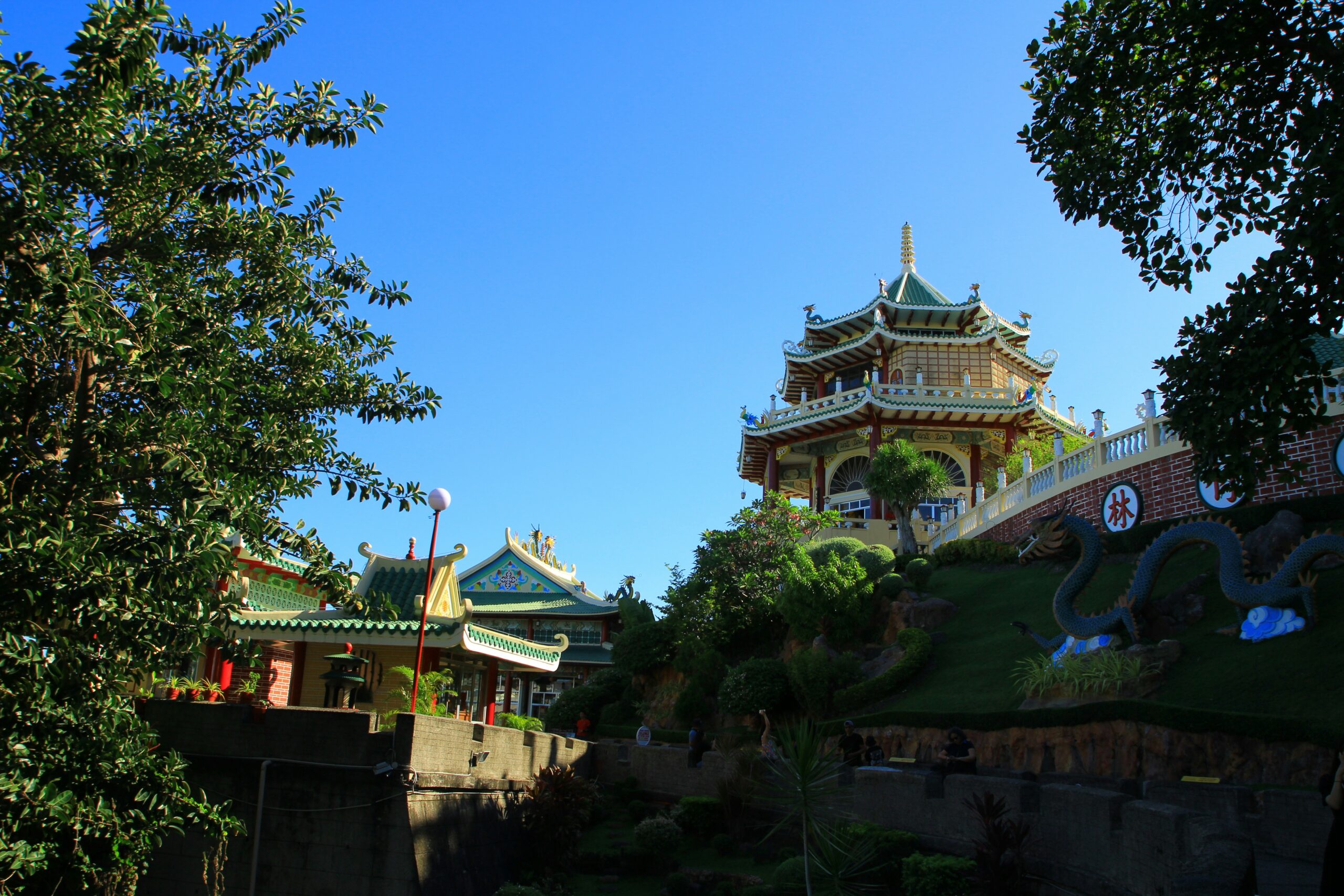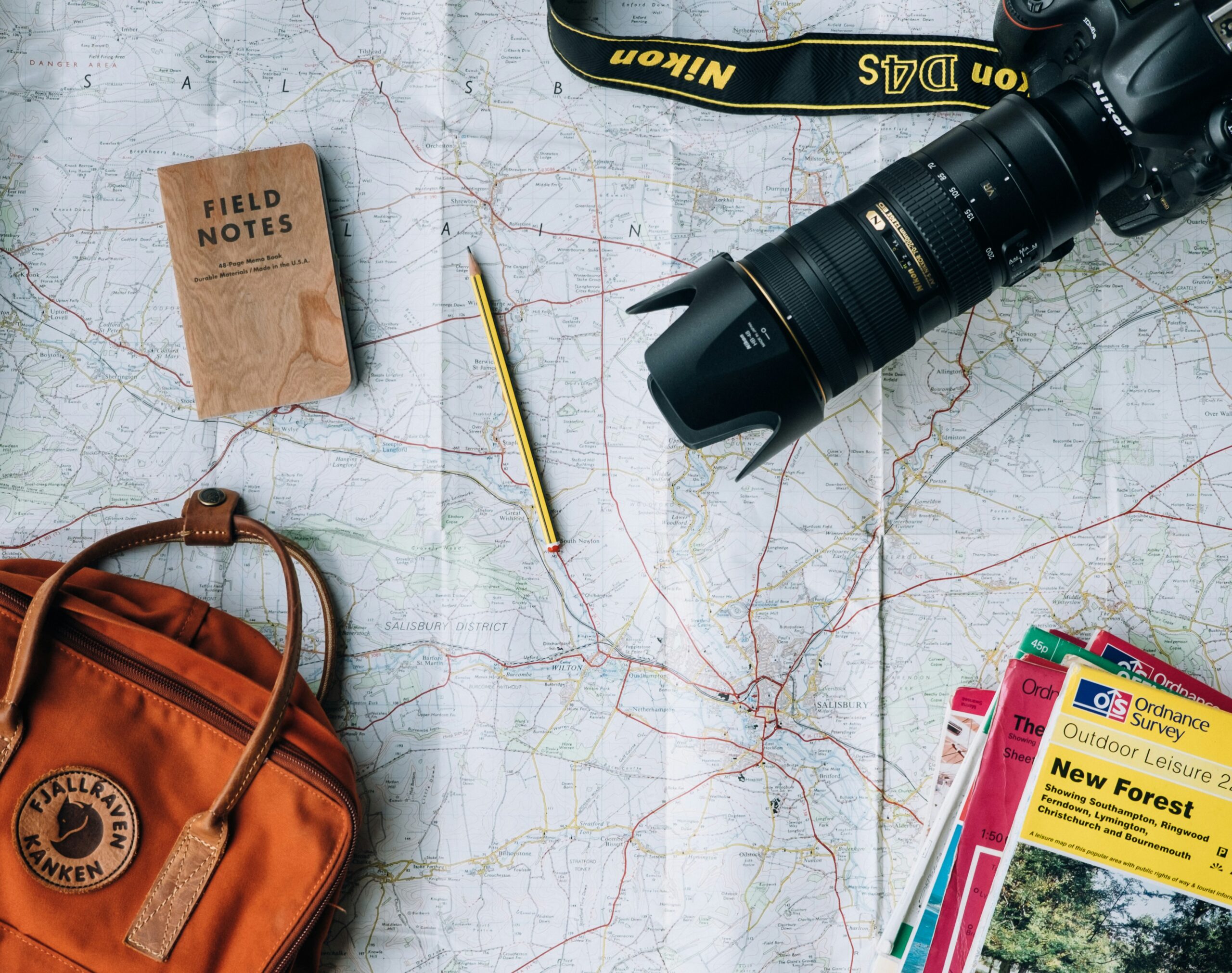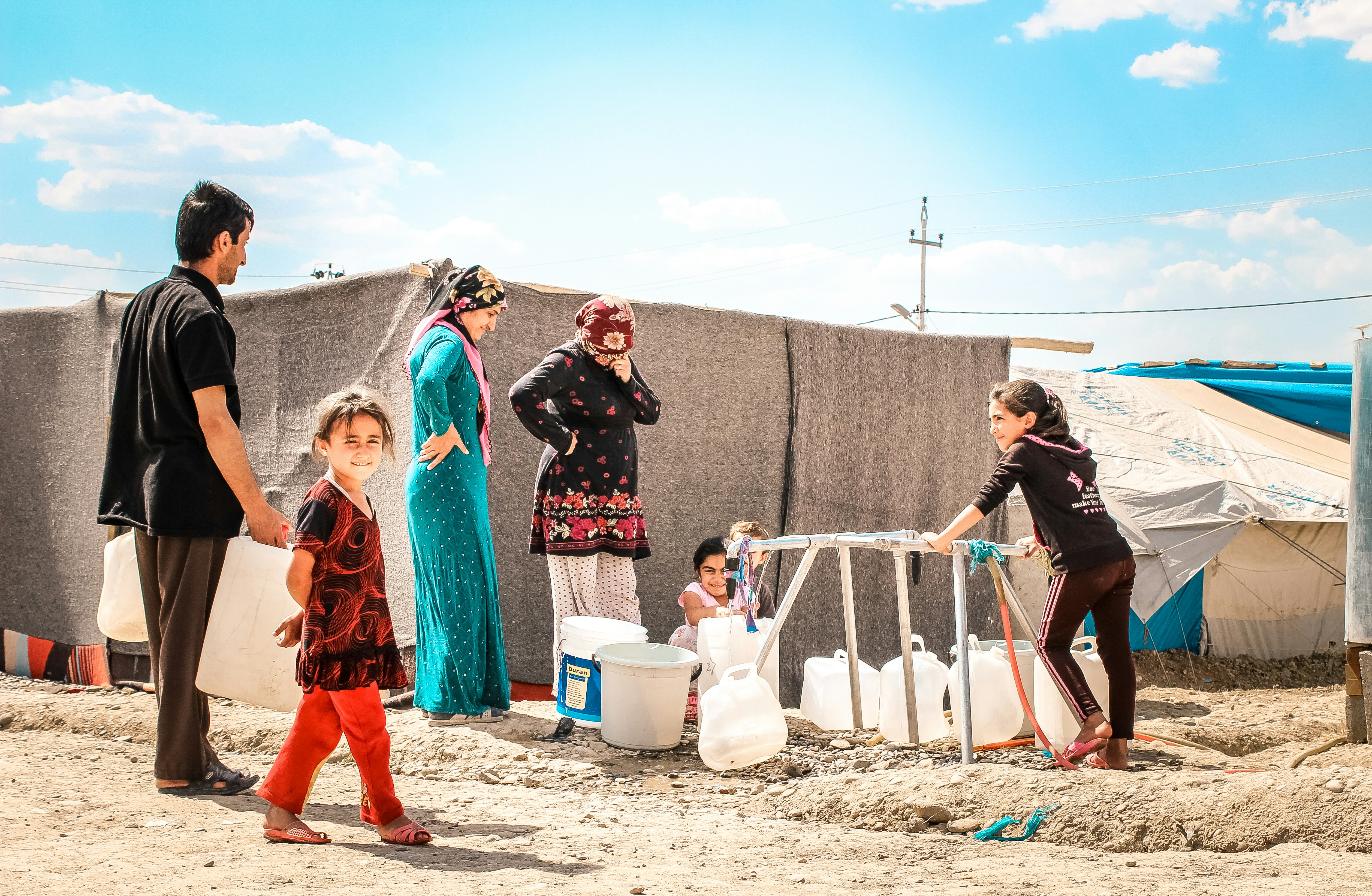Exploring Vienna:A Journey Through Time and Culture

Exploring Vienna:A Journey Through Time and Culture
Vienna, the capital of Austria, is a city steeped in history, culture, and artistic heritage. Often referred to as the “City of Music” or the “City of Dreams,” Vienna has been a center of European civilization for centuries. Its rich history, architectural marvels, classical music legacy, and vibrant coffeehouse culture make it a fascinating destination for travelers seeking a glimpse into the past while enjoying the comforts of modernity. In this essay, we will embark on a journey through Vienna, exploring its historical landmarks, cultural treasures, and the enduring legacy of figures like Mozart, Beethoven, and Freud who once called this city home.
Historical Significance
Vienna’s history is a tapestry of empires, revolutions, and cultural movements. The city’s strategic location at the crossroads of Europe played a crucial role in shaping its destiny. In the 1st century AD, it was a Roman military outpost known as Vindobona. However, it was during the Habsburg dynasty that Vienna truly flourished. The Habsburgs ruled the Austrian Empire for over six centuries, making Vienna the imperial capital and the heart of their realm.
One of the most iconic symbols of Vienna’s imperial history is the Hofburg Palace. This vast complex served as the winter residence of the Habsburgs and today houses numerous museums and the Austrian National Library. The opulent architecture and lavish interiors offer a glimpse into the lifestyle of the imperial family.
Another key historical site is Schönbrunn Palace, the summer residence of the Habsburgs. Its stunning Baroque architecture and meticulously manicured gardens are a testament to the imperial grandeur of the past. Visitors can explore the palace’s various rooms, including the famous Hall of Mirrors where a young Mozart once performed for Empress Maria Theresa.
Vienna’s historic significance extends to the political arena as well. The Congress of Vienna, held in 1814-1815, brought together European powers to redraw the map of Europe after the Napoleonic Wars. The city’s role in shaping the post-war order highlights its diplomatic importance during this era.
Cultural Heritage
Vienna’s cultural heritage is as rich and diverse as its history. The city has been a hub for creativity and innovation in fields ranging from music and art to philosophy and psychology.
- Music: Vienna’s reputation as the “City of Music” is well-deserved. It was the birthplace and home of some of the world’s most renowned composers, including Wolfgang Amadeus Mozart, Ludwig van Beethoven, and Joseph Haydn. The city’s music scene flourished during the classical and romantic periods, and today, visitors can explore the homes and museums dedicated to these musical geniuses. The Mozarthaus Vienna, Beethoven Pasqualatihaus, and Haydnhaus offer a glimpse into the lives of these composers and their works.
- Art: Vienna has also been a hotbed of artistic creativity. The Belvedere Palace houses a remarkable collection of Austrian art, including Gustav Klimt’s iconic masterpiece, “The Kiss.” The Leopold Museum focuses on the works of Egon Schiele and other Austrian expressionist artists. Additionally, the Kunsthistorisches Museum boasts an impressive array of European art, featuring works by Titian, Rembrandt, and Vermeer.
- Literature and Philosophy: Vienna’s contributions to literature and philosophy are equally significant. The city was home to famous thinkers like Sigmund Freud, the father of psychoanalysis, and Ludwig Wittgenstein, a renowned philosopher. Visitors can explore the Sigmund Freud Museum to gain insights into the development of psychoanalysis and its impact on modern psychology.
The Coffeehouse Culture
Vienna’s coffeehouse culture is legendary and has played a pivotal role in shaping the city’s intellectual and social life. Coffeehouses in Vienna are more than just places to grab a cup of coffee; they are institutions of cultural exchange and intellectual discourse.
Café Central, one of Vienna’s most famous coffeehouses, was frequented by notable figures such as Trotsky, Freud, and Zweig. Its ornate interiors and grand atmosphere make it a must-visit for those looking to experience the city’s coffeehouse tradition.
Another renowned café is Café Sperl, which has retained its original charm since opening in 1880. It’s a place where time seems to stand still as you savor a cup of Vienna’s famous coffee while surrounded by elegant decor and the hum of conversation.
The Viennese coffeehouse culture embodies the idea of Gemütlichkeit, a German term that roughly translates to a cozy and convivial atmosphere. It’s a place where people come to read, write, discuss, or simply relax, all while enjoying a cup of coffee and a slice of Sachertorte, Vienna’s famous chocolate cake.
Vienna’s Culinary Delights
Exploring Vienna’s culinary scene is a delightful journey in itself. The city’s cuisine reflects its diverse history and the influence of neighboring regions. Here are some must-try Viennese dishes:
- Wiener Schnitzel: A thin, breaded, and fried veal or pork cutlet, Wiener Schnitzel is an Austrian classic. It’s typically served with a slice of lemon and potato salad.
- Apfelstrudel: This traditional Austrian dessert consists of thinly sliced apples, sugar, cinnamon, and raisins wrapped in layers of flaky pastry. It’s often served warm with a dollop of whipped cream.
- Sachertorte: Vienna’s most famous dessert, the Sachertorte, is a rich chocolate cake with a layer of apricot jam and a smooth chocolate glaze. It’s a sweet indulgence not to be missed.
- Tafelspitz: Tafelspitz is boiled beef served with horseradish and a variety of traditional side dishes like apple and chive sauce and creamed spinach.
- Kaiserschmarrn: This Austrian dessert is essentially a fluffy, shredded pancake served with powdered sugar and fruit compote. It’s a delightful treat often enjoyed as a dessert or even for breakfast.
Exploring Vienna’s Neighborhoods
Vienna’s neighborhoods offer a diverse range of experiences, from the historic heart of the city to vibrant, modern districts. Here are a few neighborhoods worth exploring:
- Innere Stadt: The historic center of Vienna, also known as the First District or Innere Stadt, is home to many of the city’s iconic landmarks, including St. Stephen’s Cathedral, the Hofburg Palace, and the Vienna State Opera.
- Leopoldstadt: Located on an island in the Danube River, Leopoldstadt is known for the Prater amusement park, the Giant Ferris Wheel, and the Vienna International Center.
- Neubau: This district is a hub for contemporary art and fashion, with numerous boutiques, galleries, and design stores. The MuseumsQuartier, located here, is one of the largest cultural complexes in the world.
- Ottakring: A charming, residential neighborhood known for its vineyards, Ottakring offers a glimpse of Vienna’s local life and a chance to sample some of the city’s finest Heurigen, or wine taverns.
- Wieden: This district is known for its elegant streets, historic architecture, and proximity to the Naschmarkt, Vienna’s most famous open-air market.
Vienna, with its rich historical heritage, cultural treasures, coffeehouse culture, culinary delights, and diverse neighborhoods, is a city that invites exploration and discovery. It is a place where the past seamlessly blends with the present, where the echoes of Mozart’s music, the strokes of Klimt’s brush, and the insights of Freud’s theories still resonate.
As you traverse Vienna’s streets, visit its palaces, and immerse yourself in its cultural offerings, you’ll find that the city’s charm lies not only in its iconic landmarks but also in the atmosphere of Gemütlichkeit that pervades its coffeehouses and the warmth of its people. Vienna is a city that celebrates the arts, intellect, and the simple pleasures of life, making it a timeless destination for travelers seeking a journey through time and culture.






